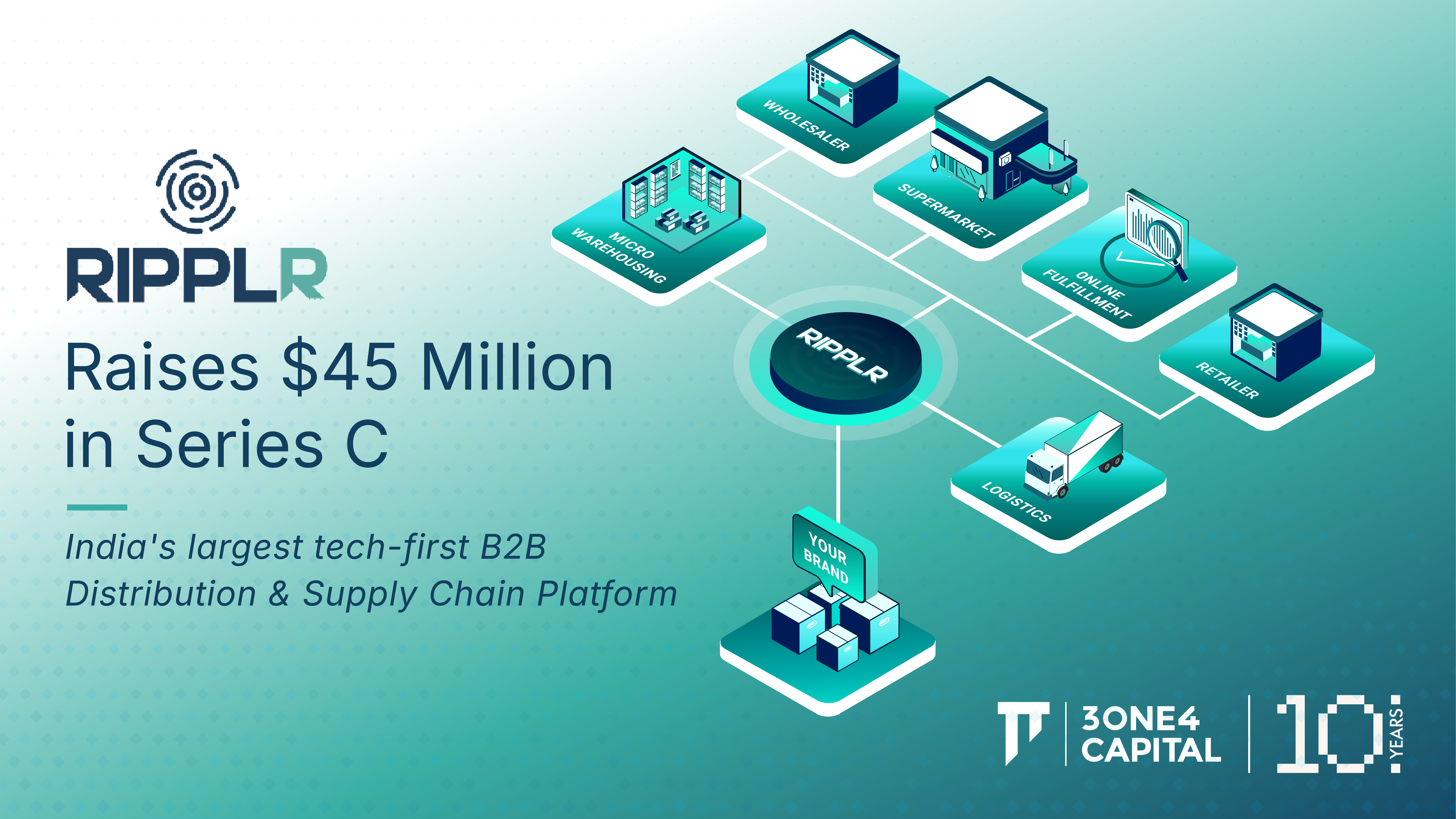
Redefining Interactions: Designing for AI
Foundational models are engineered to process unstructured inputs and produce outputs of high variability. These models are akin to universal translators - they could be trained to convert virtually any type of input into useful output for an almost limitless array of tasks. The prevalent thought process is that foundational model-powered solutions represent a complete unit of work, capable of executing assigned tasks from start to finish. However, automating tasks is great for straightforward work that requires no human input. If those tasks can only be partially automated, the user interface is going to be crucial.
This article explores what it means to reimagine products that are AI native and the development of novel interfaces that are pushing the boundaries.
The human perspective of what is possible is heavily influenced by what we’ve already seen. This is a classic case of the Henry Ford quote, “If I had asked people what they wanted, they would have said faster horses.” The LLM equivalent of this is natural language chat interfaces that worked extremely well for ChatGPT and are pervasive with most attempts to integrate AI into applications today. Text is unwieldy though - people often struggle to be precise and expressive. A chat interface is among the most primitive forms of AI interaction, and the interface typically offers few clues in terms of how users can get the best out of the product. We believe that learning to prompt is a hack. Most users should not ever need to learn how to prompt or worry about what to enter into a blank text box.
Standalone chat interfaces aside, we’re also seeing some interesting ways in which foundational models are providing more effective ways of translating intent into action. Copilots are the other way in which AI powered solutions are introduced. While these are much more application-specific and effective by virtue of their verticalised focus, we believe that a lot more stones are still left unturned.
While evaluating AI-powered application products for investment, we spend the majority of our time understanding:

Product design point is particularly appealing to us since, holding all else equal, better products have a high likelihood of winning market share, especially through word of mouth.
We've compiled a catalogue of UX choices that we found interesting, with the hope of seeing more products incorporate similar thoughtful considerations:
Integrating Contextual Cues
Provide users with intuitive, context-aware prompts and suggestions to overcome the initial hurdle of "blank page syndrome."

Enhancing User Prompts for Personalised Interaction
Enhance user prompts into more contextually relevant output by incorporating factors like user history and demographics. The implicit nature of human conversations often leaves much to interpretation, a gap ill-suited for applications driven by prompts. Nowadays, products are leveraging models to refine prompts into versions they anticipate will be more beneficial for users. While this practice can be frustrating at times (see OpenAI’s forums about prompt rewriting), it predominantly contributes to a significantly more magical user experience.

Dynamic Application State Modification for an Adaptive User Experience
Modifying application graphical user interface (GUI) based on user actions is perhaps the UX that’s being explored the most. The input is the user’s actions and the application state, and the output is typically in the modality of the application itself, be it code, design, images, text, spreadsheet formulae, etc.
The delight here is in the ability to predict what a user wants to do or present relevant options they might like.

Generative UI Transforms User Input into Customised and Relevant Interfaces
Generative UI is a variant of the previous theme, where the interface itself changes based on user inputs. This means that the user is not interacting with a plain-text interface where there is scope for error. The precision that comes from input fields makes the end output much more useful.
This is one that we are extremely bullish on, especially in consumer applications. Schemas are technically entirely flexible in an LLM-powered world.

Real-Time Virtual Assistance for Enhanced In-App Experiences
Being able to interact with a virtual assistant in real time within the context of the application.

Rates of improvement in model performance &availability creates plenty of room for creative destruction in software with new tools available. However, displacing very sticky incumbents is easier said than done, and will need step function improvements in performance and user experience.
DISCLAIMER
The views expressed herein are those of the author as of the publication date and are subject to change without notice. Neither the author nor any of the entities under the 3one4 Capital Group have any obligation to update the content. This publications are for informational and educational purposes only and should not be construed as providing any advisory service (including financial, regulatory, or legal). It does not constitute an offer to sell or a solicitation to buy any securities or related financial instruments in any jurisdiction. Readers should perform their own due diligence and consult with relevant advisors before taking any decisions. Any reliance on the information herein is at the reader's own risk, and 3one4 Capital Group assumes no liability for any such reliance.Certain information is based on third-party sources believed to be reliable, but neither the author nor 3one4 Capital Group guarantees its accuracy, recency or completeness. There has been no independent verification of such information or the assumptions on which such information is based, unless expressly mentioned otherwise. References to specific companies, securities, or investment strategies are not endorsements. Unauthorized reproduction, distribution, or use of this document, in whole or in part, is prohibited without prior written consent from the author and/or the 3one4 Capital Group.














